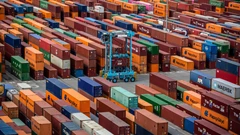EU Lines Up Joint Gas Deals for Tenth of Its Storage Needs
(Bloomberg) -- The European Union’s first round of joint gas purchases found potential suppliers for over a tenth of the region’s storage refill needs this year, just short of the targeted demand set for the buyer’s club.
A total of 10.9 billion cubic meters of natural gas demand were matched with best sellers’ offers during this round, below initial requests of 11.6 billion cubic meters, EU Commission Vice President Maros Sefcovic said Tuesday.
The bloc has spent months arranging the new pooling system, called AggregateEU, hoping that the collective move — which includes smaller buyers with less negotiating power — can help secure better deals and avoid the extreme price spikes that roiled Europe’s energy market last year.
“Our service provider Prisma has matched the most attractive offers with customer demands,” Sefcovic said without detailing how many supply bids each buyer received, if any. He added Ukraine and Moldova, which also participated in the first tender, had 100% and 80% of their demand volumes met, respectively.
Not all the demand has been matched, and the split between pipeline gas and LNG — heavily skewed toward piped delivery — suggests not a lot of new supply was offered in the tender, according to Tom Marzec-Manser, head of gas analytics at ICIS in London. Liquefied natural gas accounted for more than 20% of the tender results, with pipeline fuel covering the remainder.
So far, “it is a rather modest result,” especially since it includes demand from some non-EU members, said Katja Yafimava, senior research fellow at the Oxford Institute for Energy Studies. “Also, it remains to be seen if these matched volumes will eventually be purchased.”
The tender, which covers gas flows for the next 12 months starting in June, received supply bids from 25 sellers totaling 13.4 billion cubic meters.
Doubts Remain
The result — given that it’s the first-ever tender of such kind — still shows that the new tool has been “nothing short of a remarkable success,” Sefcovic said.
But skepticism remains that the joint platform could significantly impact the market balance and prices, given the EU’s total fuel needs go far beyond refilling storage. The first tender’s take up equals roughly 3% of the bloc’s overall gas usage last year.
The next tender is slated for the second half of June. The commission has set a target of aggregating enough demand to fill 15% of its stockpiles, which equals some 13.5 billion cubic meters.
Deals between buyers and sellers will be finalized outside the platform. After studying if the tool needs improvements, the EU expects even better agreements in further tenders as more suppliers might join, Sefcovic said. AggregateEU now has more than 110 participants from both sides and “more companies subscribe every day.”
(Updates with details, analyst comments.)
©2023 Bloomberg L.P.
KEEPING THE ENERGY INDUSTRY CONNECTED
Subscribe to our newsletter and get the best of Energy Connects directly to your inbox each week.
By subscribing, you agree to the processing of your personal data by dmg events as described in the Privacy Policy.
More renewables news

GB Energy Faces New Doubts as UK Declines to Affirm Future Funds
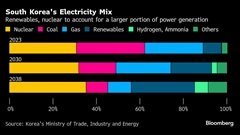
Korea Cancels Planned Reactor After Impeaching Pro-Nuke Leader
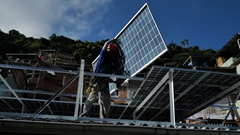
Brazil’s Net-Zero Transition Will Cost $6 Trillion by 2050, BNEF Says
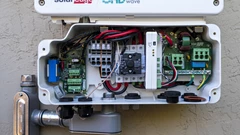
SolarEdge Climbs 40% as Revenue Beat Prompts Short Covering
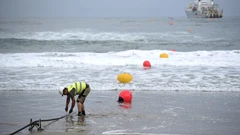
EU to Set Aside Funds to Protect Undersea Cables from Sabotage
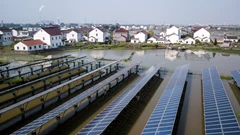
China Revamps Power Market Rules In Challenge to Renewables Boom
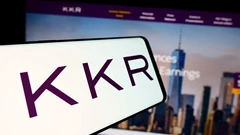
KKR increases stake in Enilive with additional €587.5 million investment
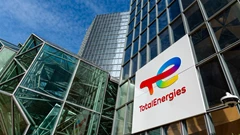
TotalEnergies and Air Liquide partner to develop green hydrogen projects in the Netherlands
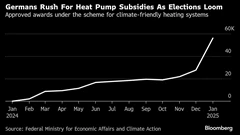
Germany Set to Scale Down Climate Ambitions
